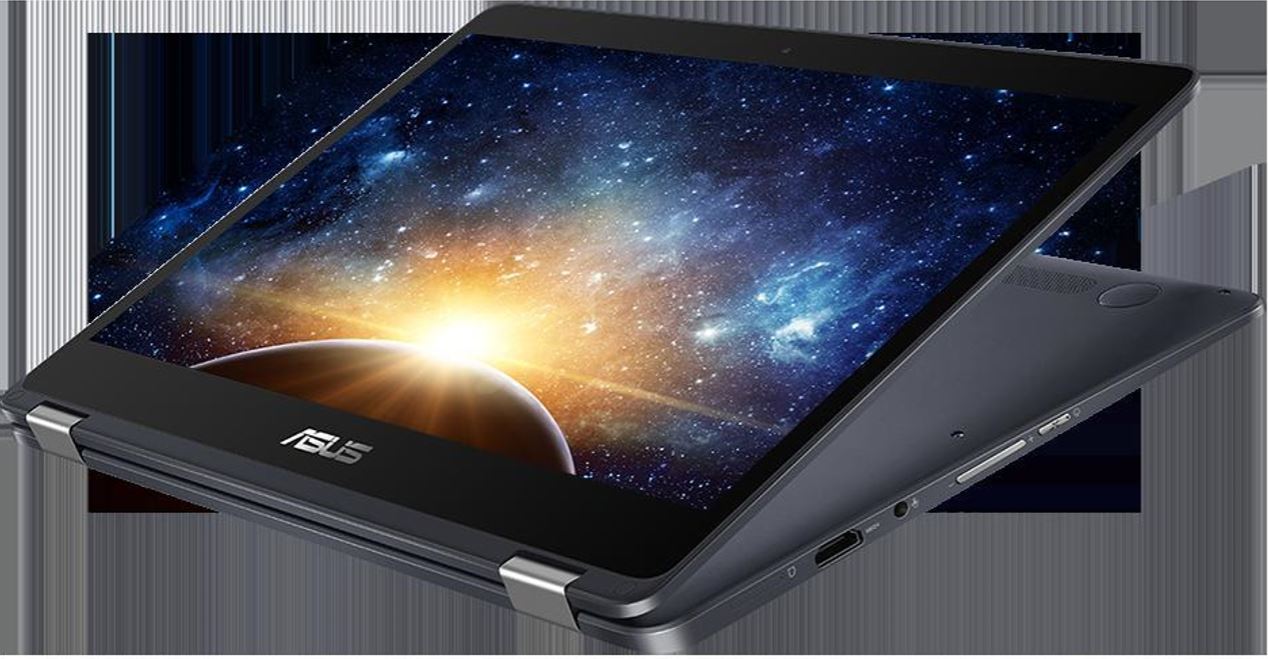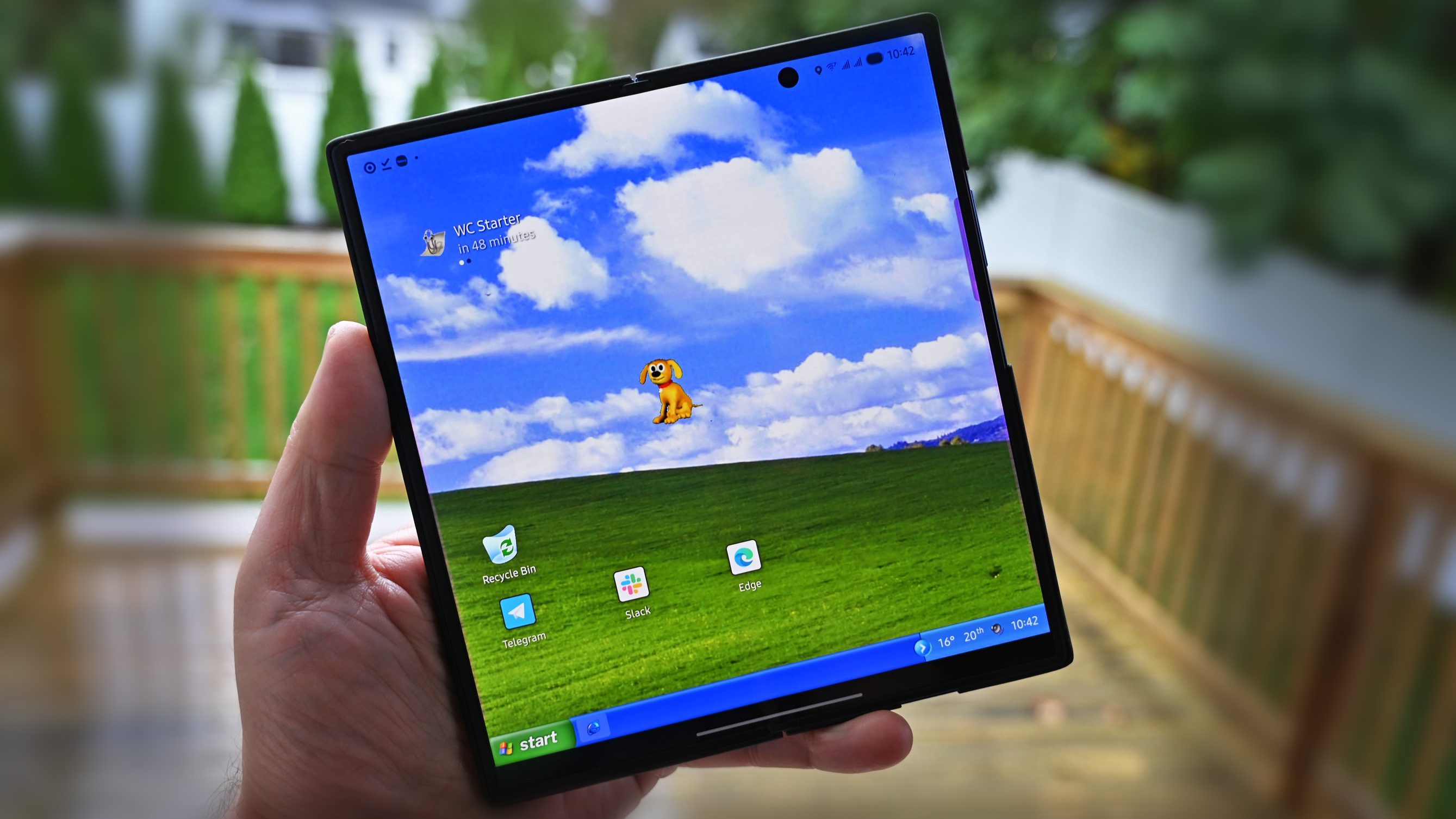Microsoft reveals 'Always Connected PCs' from HP and ASUS with Windows 10 on ARM
Microsoft and Qualcomm today revealed the very first "Always Connected PCs" running Windows 10 on ARM.

It was nearly one year ago at WinHEC in China that Microsoft dropped a doozy on the tech world. The company announced a new partnership with mobile chip maker Qualcomm to bring the full Windows 10 OS to Snapdragon ARM processors – the very same silicon used in today's smartphones.
Fast forward to today at the Qualcomm Snapdragon Tech Summit in Hawaii, and Microsoft is ready to reveal the first consumer products featuring an "Always Connected" experience.
Two of these new devices from HP and ASUS will go on sale in early 2018 and will be sold through traditional retailers and Microsoft. Lenovo will also have a product in early 2018.
HP Envy x2 and Asus NovaGo
The HP Envy x2 is an ultra-thin Surface-like PC running the Snapdragon 835, with 4G LTE2, Wi-Fi and up to 20 hours of active battery use. The Envy x2 also reportedly supports Windows Hello facial recognition and an active pen for inking. That tablet, with dual front-facing speakers, is removable from the keyboard. No pricing details were as yet available. It is just 6.9mm thin and weighs 1.5lbs (680g).

The ASUS NovaGo is "the world's first Gigabit LTE laptop" and can reportedly download a two-hour movie in just 10 seconds (under ideal conditions, which rarely exist). The NovaGo is more of a traditional laptop with a hinge to flip the display into tablet, presentation, or tent modes. Battery life is pegged at 22 hours of active use and 30 days standby. It will cost $599 for a 4GB NovaGo with 64GB of storage, and $799 for 8GB and 256GB.
Related: ASUS NovaGo hands-on

Both the HP Envy x2 and ASUS NovaGo ship with Windows 10 S on board, but like the Surface Laptop, owners can "unlock" that OS for a free Windows 10 Pro upgrade at any time.
All the latest news, reviews, and guides for Windows and Xbox diehards.
Always Connected as a category
In a significant shift in how Microsoft and partners will be positioning these new devices, the branding "Always Connected" will be used to refer to devices running Windows 10 on ARM. That means in retail stores when a customer walks in there will be desktops, gaming laptops, business laptops, Ultrabooks, and now a new option: Always Connected.

The distinction between Always Connected PCs and standard laptops is significant, yet there is a lot of overlap, too.
Always Connected PCs run full Windows 10 – whether it is Windows 10 S, Windows 10 Home, or Windows 10 Pro – and can run all Win32 applications, whether from the Windows Store (bridged Centennial apps) or installed through traditional means.
Of course, devices with Windows 10 S will be limited to just Windows Store apps, but like the Surface Laptop those devices can unlock Windows 10 Pro in less than two-minutes at any time.
The main benefits of Windows 10 on ARM and Always Connected PCs comes down to three main features:
- Instant on — Like your smartphone, Always Connected PCs don't hibernate; instead, they just turn on instantly even after hours of being on standby.
- Always connected — Again, like a smartphone, there is no need for either the Wi-Fi or LTE network to disconnect with Windows 10 on ARM; these PCs will get notifications, alerts, and pull data without ever disconnecting.
- Battery life — Smartphones already get all-day battery life, but an Always Connected PC is at least four times the size, meaning larger batteries to match the same hardware. so pushing a whole week of usage without recharging is likely not out of the question.
The big concern relates to performance. Matt Barlow, Microsoft Corporate Vice President of Windows and Devices told me, however, that Windows 10 on ARM is completely recompiled for Qualcomm's hardware, and many of the apps – including an optimized version of Office 365 – are very responsive and quick. We'll have to put these new devices through rigorous testing to see how good they are for running everyday applications, but so far things sound promising.

At first, Always Connected PCs will be aimed primarily at the mass consumer market, but Microsoft sees a lot of potential for enterprise as well. With lower costs, better security (especially through Windows 10 S), and ultra-thin portability and very long battery life, Microsoft thinks the Always Connected PC "enables a new culture of work."
Always Connected looks promising
Until we get our hands-on these new HP and ASUS devices, it is difficult to call any of this a success. Nonetheless, the idea that I can carry a PC and tablet that is as thin as a magazine around with me while on 4G LTE and getting a week's worth of active battery life is intriguing.
Toss in Windows Hello, instant on, and inking abilities, and a device like the HP Envy x2 looks like the ideal everyday computer that you take everywhere.

What I find more interesting is that with the new smaller logic boards for ARM processors (compared to traditional x86) and long battery life manufacturers are free to create all sorts of new PC experiences and designs. Seeing as these devices run full Windows 10 – instead of a permanently hobbled Windows RT from years ago – there are no compromises for consumers and no confusion.
Always Connected PCs look like the answer to the ongoing challenge posed by Apple and its iPad line, which while dwindling, is still an essential part of the consumer and even business culture. At least for 2018, consumers will undoubtedly have even more choices, and that's always a good thing.
Further reading

Daniel Rubino is the Editor-in-chief of Windows Central. He is also the head reviewer, podcast co-host, and analyst. He has been covering Microsoft since 2007 when this site was called WMExperts (and later Windows Phone Central). His interests include Windows, laptops, next-gen computing, and wearable tech. He has reviewed laptops for over 10 years and is particularly fond of 2-in-1 convertibles, Arm64 processors, new form factors, and thin-and-light PCs. Before all this tech stuff, he worked on a Ph.D. in linguistics, performed polysomnographs in NYC, and was a motion-picture operator for 17 years.
